However, the implementation of the circular economy (CEE) in the Vietnamese business sector still faces many major barriers and challenges, such as high initial investment costs for technology and logistics infrastructure, lack of an effective market for recycled materials, fragmented and unsynchronized legal and policy frameworks, and limited professional awareness of the circular economy.
Making the circular economy more than just a trendy concept
Assessing the implementation of a circular economy will extend the life cycle of resources, reduce emissions and costs, help businesses increase savings and reduce costs, Associate Professor, Dr. Bui Quang Tuan, Institute of Vietnam and World Economics (Vietnam Academy of Social Sciences ) said that the circular economy promotes the use of green energy, contributing to Greening, sustainable development and responding to climate change.
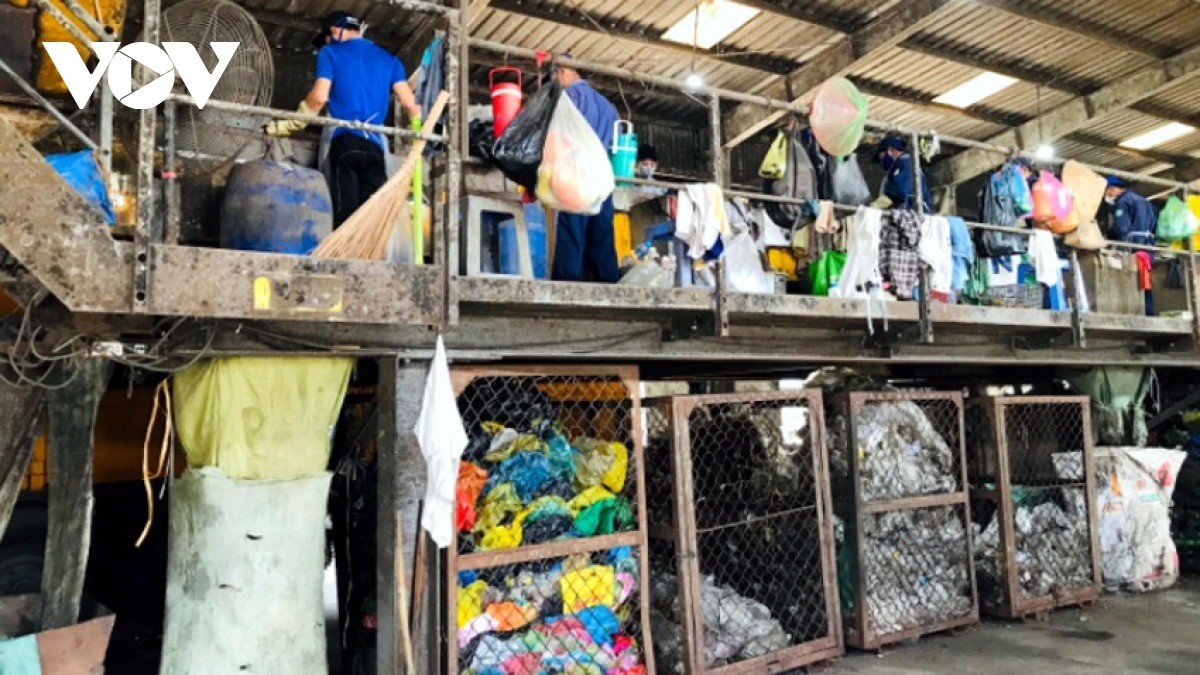
Waste collection and sorting are fundamental to a circular economy.
The current advantage of the circular economy is the application of advanced technology, digital technology , smart technology, thereby increasing the quantity and quality of products, being more competitive without increasing costs and improving competitiveness. At the same time, creating new products through redesign, promoting Green products and value chains to penetrate and dominate the market.
“Circular economy requires promoting linkages in production, helping businesses participate more deeply in the global value chain - an issue that Vietnam is lacking and weak in. Environmental economics helps reduce environmental pollution, reduce greenhouse gas emissions, help improve growth quality, respond to climate change and promote the Green innovation ecosystem, digital transformation,” Associate Professor, Dr. Bui Quang Tuan stated the prospect.
In the thinking of a circular economy, all forms of matter can be regenerated or reused. Especially in the agricultural sector, there is no waste, only untapped resources. This is the assessment of Mr. Trieu Thanh Quang, Institute of Human Geography and Sustainable Development, when pointing out that, with the characteristics of large biomass agriculture, Vietnam has significant potential to transform towards circularity, through the recovery, recycling and regeneration of value from by-products and waste of 4 sub-sectors: Crop production, livestock, forestry and fisheries.
“Vietnam has a huge biomass resource, estimated at over 150 million tons of agricultural by-products and waste each year, but the average recycling rate is currently only about 40% - 50%. Promoting a circular economy in agriculture will not only help Vietnam reduce greenhouse gas emissions, reduce input costs and diversify rural livelihoods, but also contribute significantly to the national goal of net zero emissions by 2050,” Mr. Quang said.
New development architecture
In order to promote the transition to an effective circular economic model, contributing to realizing Vietnam's commitment to green development and net zero emissions by 2050, synchronous solutions need to be implemented from three main perspectives: Perfecting institutions, enhancing business capacity and encouraging the participation of stakeholders.
Mr. Trieu Thanh Quang stated that developing a circular economy in agriculture is not only an inevitable trend, but also a key production method towards a green, low-emission and sustainable agriculture. The goal of this model is to optimize resource use, minimize waste and increase endogenous value through reorganizing material cycles according to ecological principles and renewable technology.
“Developing a circular economy in agriculture must start with the awareness of the value of endogenous resources, linked to economic, social and environmental efficiency, ensuring practical benefits for producers, businesses, cooperatives and farmers through cost reduction, productivity and income improvement. Circular agriculture needs to be linked to technological innovation, creativity in production and value chain management, thereby creating a foundation for modern, competitive and environmentally friendly agriculture,” Mr. Quang proposed.

Applying circular economic models not only helps businesses achieve dual economic and environmental sustainable development goals, but also creates sustainable competitive advantages in the context of international economic integration.
According to Dr. Nguyen Thi Hanh Tien, Faculty of Biotechnology, Chemistry and Environmental Engineering - Phenikaa University, to implement a circular economy, it is necessary and mandatory to have a training process and support for waste classification at source. Urban areas need to have a synchronous collection and treatment infrastructure, households and residential areas in rural areas need to expand the composting model, develop a local plastic recycling chain associated with EPR.
“People are always at the center of the circular economy, being proactive and active in waste management; the government has an important role in providing finance and improving waste collection infrastructure. To increase the circularity of waste, close coordination between sectors and stakeholders is needed to create systemic change,” Dr. Nguyen Thi Hanh Tien proposed.
As Professor Dr. Le Van Loi, President of the Vietnam Academy of Social Sciences, said, the circular economy is not just a trendy concept, but will be the new development architecture of Vietnam. The circular economy is the inevitable path for Vietnam to reduce its dependence on resources, cut emissions, increase the efficiency of energy and material use, and at the same time open up new markets, jobs and sustainable value chains.
Many experts and businesses also agree with the solution, it is necessary to urgently issue an institutional framework and related policies to create a basis for the formation and development of a circular economic model in business organizations. Promote the participation and cooperation of stakeholders, especially the formation of circular value chains, industrial symbiosis models as well as incentives to change green consumption behavior of the whole society.
Source: https://baolaocai.vn/ty-le-tai-che-trung-binh-cua-viet-nam-chi-dat-khoang-40-50-post886551.html




![[Photo] Prime Minister Pham Minh Chinh chairs a meeting on housing policy and the real estate market.](https://vphoto.vietnam.vn/thumb/1200x675/vietnam/resource/IMAGE/2025/11/11/1762838719858_dsc-2107-jpg.webp)

![[Photo] Chu Noodles - the essence of rice and sunshine](https://vphoto.vietnam.vn/thumb/1200x675/vietnam/resource/IMAGE/2025/11/11/1762846220477_ndo_tl_7-jpg.webp)





































































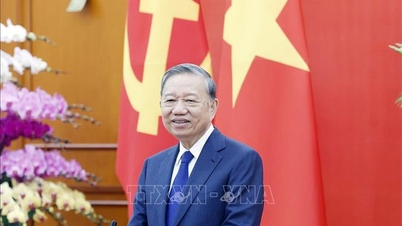













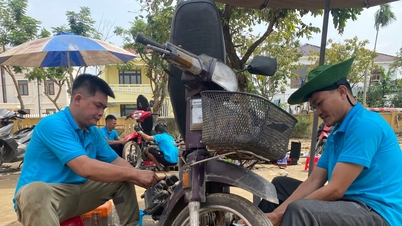








![Dong Nai OCOP transition: [Article 3] Linking tourism with OCOP product consumption](https://vphoto.vietnam.vn/thumb/402x226/vietnam/resource/IMAGE/2025/11/10/1762739199309_1324-2740-7_n-162543_981.jpeg)





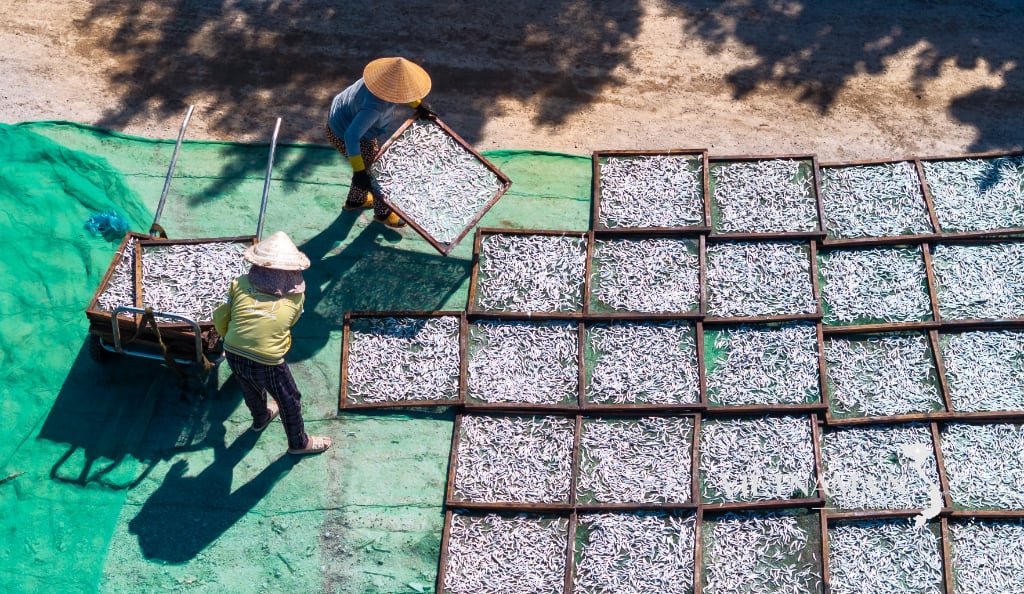

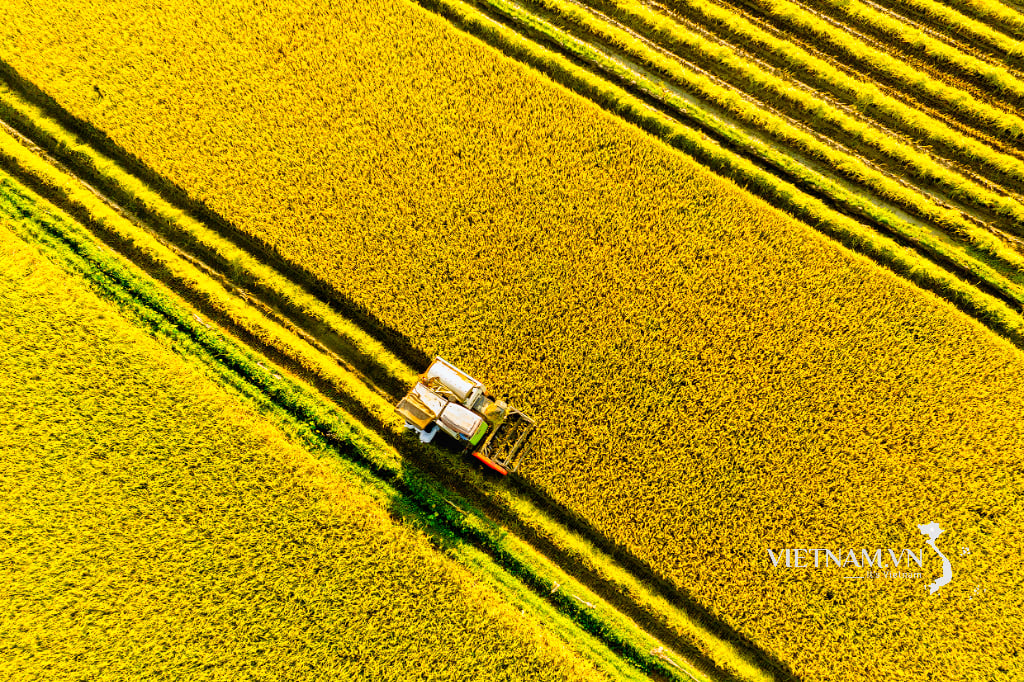
Comment (0)